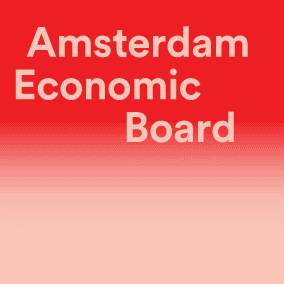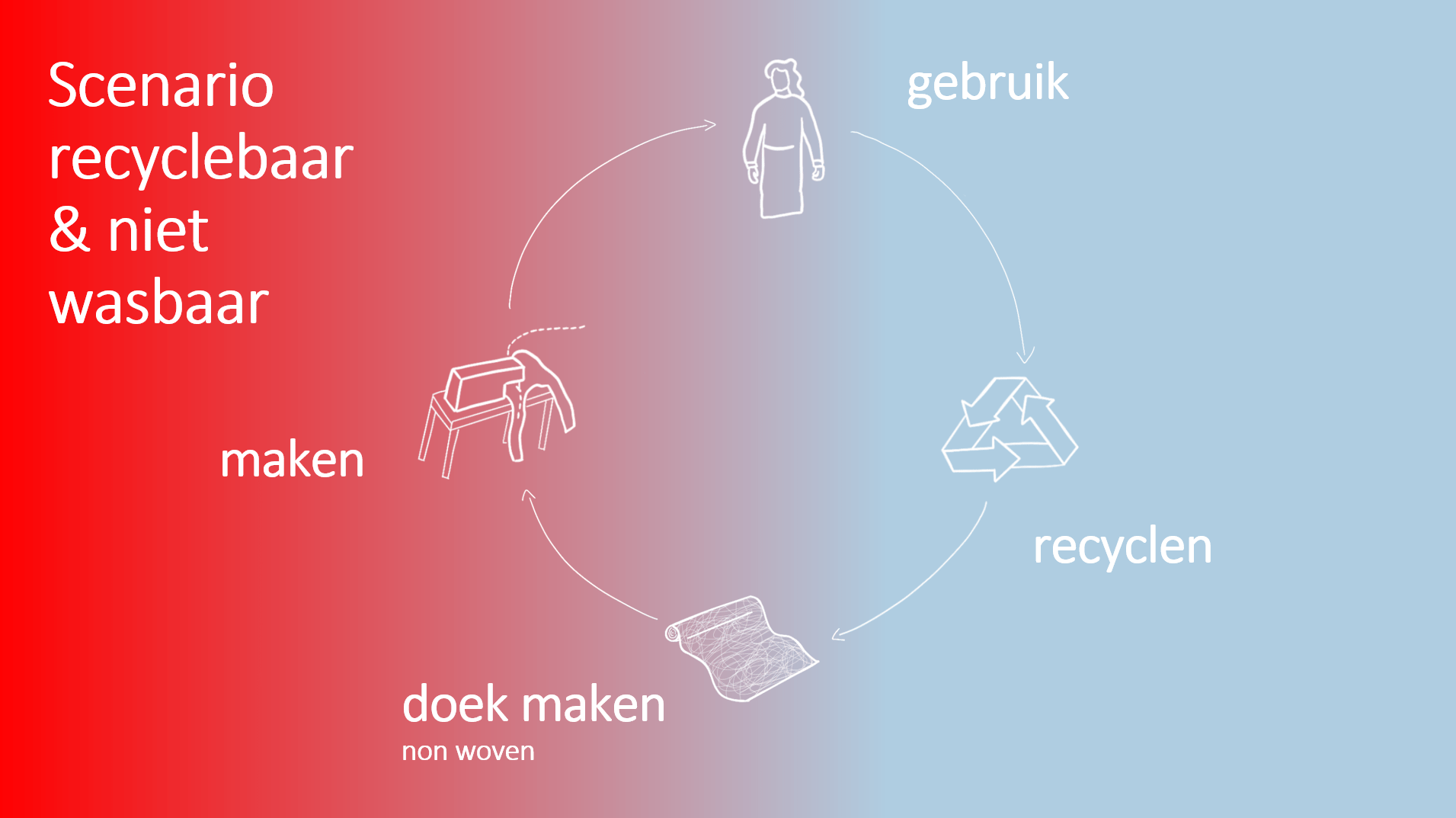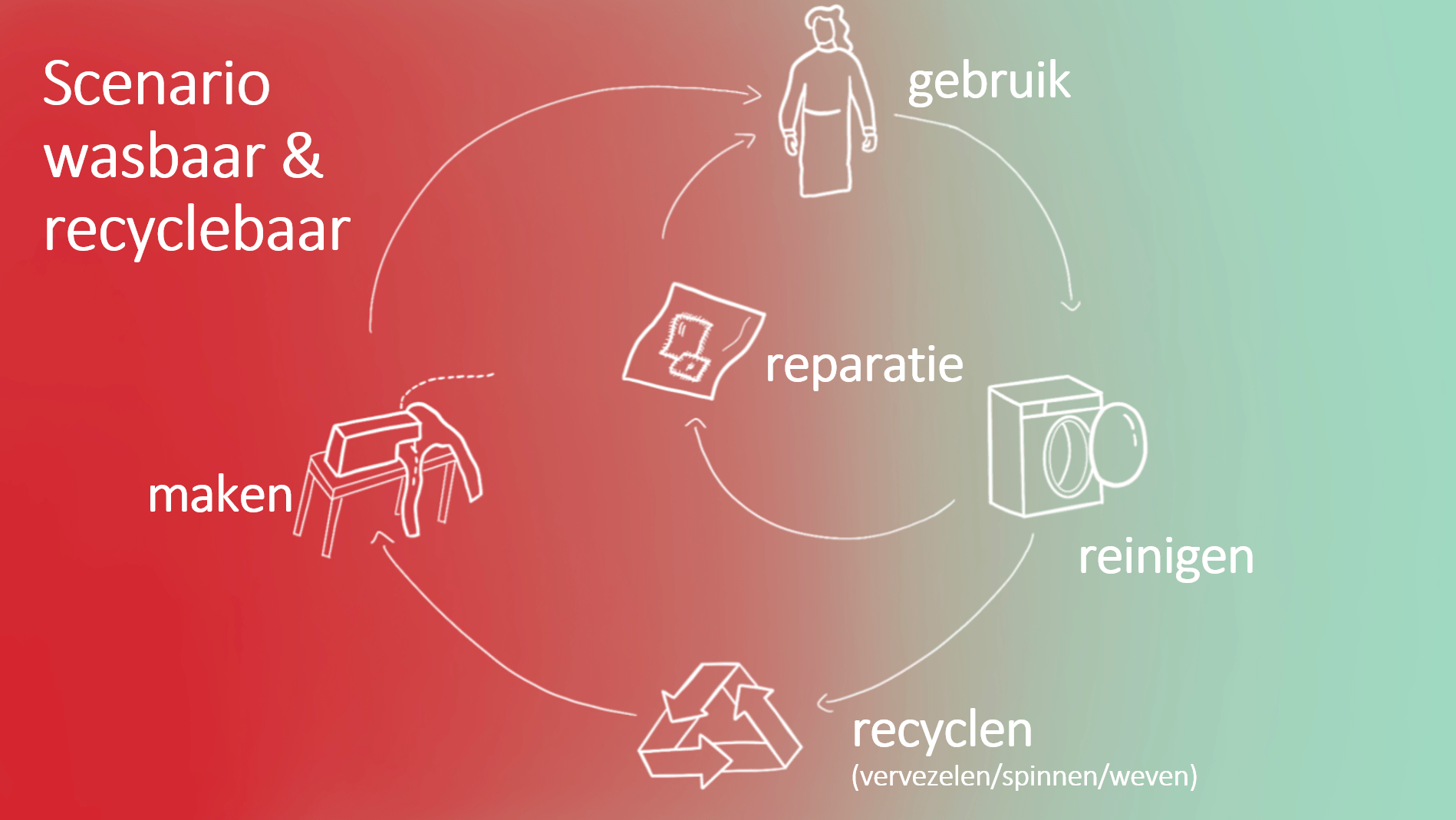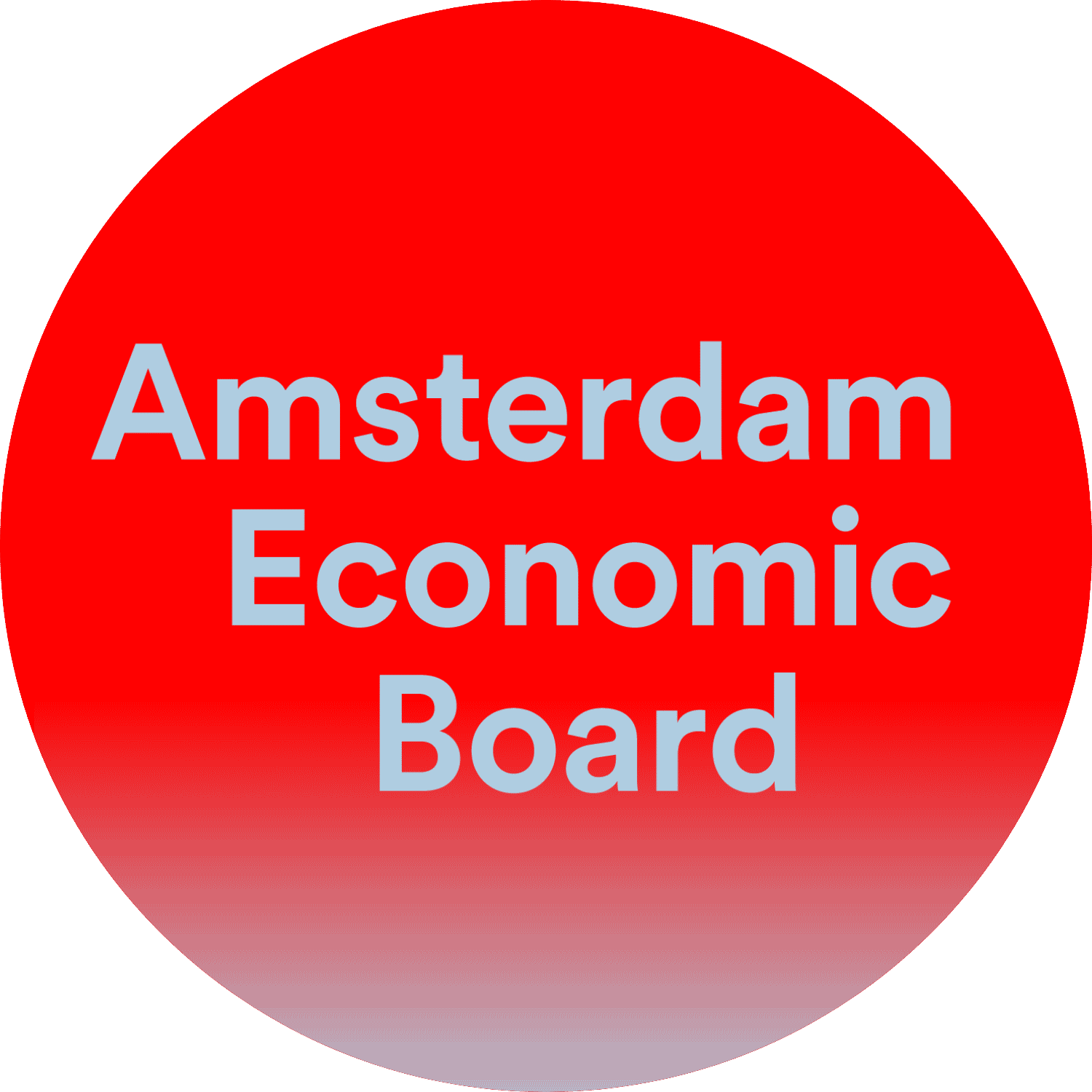Circular protective clothing: purchase price is no longer decisive
Now that we have entered a second wave of the Coronavirus, the demand for safe and adequate protective clothing in healthcare is steadily increasing again. After launching the first reusable aprons before the summer, the Amsterdam Economic Board - together with partners from the healthcare sector - is continuing to work on a schedule of requirements and scenarios to be able to produce reusable insulation jackets as a replacement for disposable aprons. The emotional value of protected work is now more important than the price.
In healthcare, the availability of pleasantly portable and safe protective clothing and giving healthcare staff confidence that there is sufficient clothing in stock are paramount. Healthcare institutions therefore consider it important to purchase reusable protective clothing and to keep stock in hand. Reusable is already a nice form of circular, but the intention of all parties is to close the cycles and to prevent discarded materials from ending up in the incinerator. The Board is therefore working with a wide range of healthcare institutions in the Amsterdam Metropolitan Area on the development of circular protective clothing. Under time pressure, we are going to run pilots to test circular solutions, to create more volume together and also to get producers on their feet. Cooperation in the region therefore pays off.
From discarded textiles to new products
Due to the different types of aprons and protective coats used in healthcare, there are more scenarios for arriving at circular solutions. There are also various developments in the market that we are following closely. One of the scenarios is a ‘non woven’ jacket made of recycled fabric. Currently this is from new ( virgin ) material. This apron will then be a ‘disposable’ apron, albeit in one closed loop recycling which means we keep making new ones from used aprons.
An alternative is a washable and recyclable insulation jacket, which is always cleaned and repaired in between. One of our ambitions is to make a product from regionally collected discarded textiles. Then we also support the new industry that is developing here in the region. Both options are being further explored. The next step is to make a number of test copies for the most promising options in collaboration with market parties, so that we can test in practice. This is necessary in order to make choices with healthcare institutions.
Impact calculation
In order to be able to make an objective comparison between the different circular scenarios and the existing (disposable) aprons and to calculate the positive and negative environmental and social impact, an impact calculation is necessary. We will be carrying out this calculation shortly.
Join!
Do you also want to participate in the development of circular protective clothing or are you interested in activities in the field of circular textiles? Please contact Claire Teurlings, Challenge Lead Circular Economy, via c.teurlings@amecboard.com .
2 oktober 2020
Meer weten over
Neem contact op
Blijf jij ook op de hoogte?
8x per jaar nieuws en events uit de regio: schrijf je in voor de Board Update nieuwsbrief
Deel dit artikel
Wil je op de hoogte blijven?
Volg ons dagelijks op LinkedIn en schrijf je in voor de Board Update nieuwsbrief.
Lees ook deze berichten
- Welke AI-toepassingen zetten we al in voor zorg- en welzijn? Wat is ...
- Adyen is een van de grote succesverhalen van het Amsterdamse tech-ecosysteem. Als ...
- Samen met bevlogen partners bouwt Amsterdam Economic Board in drie coalities aan ...



